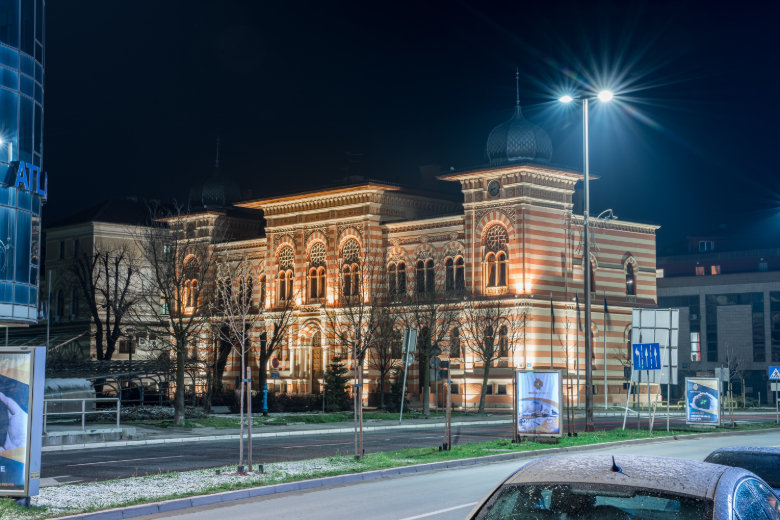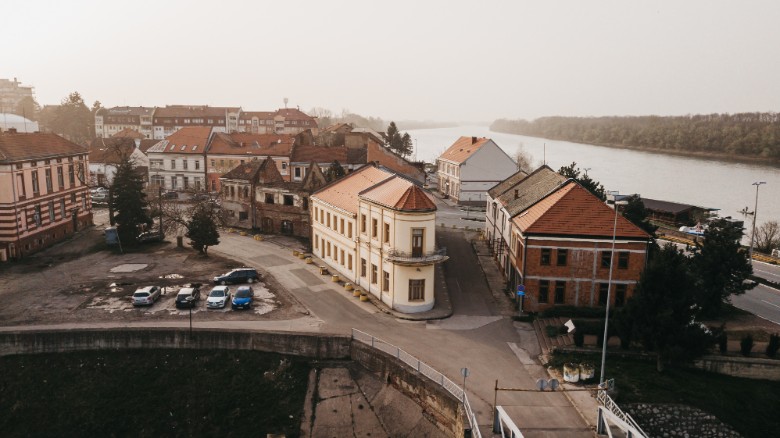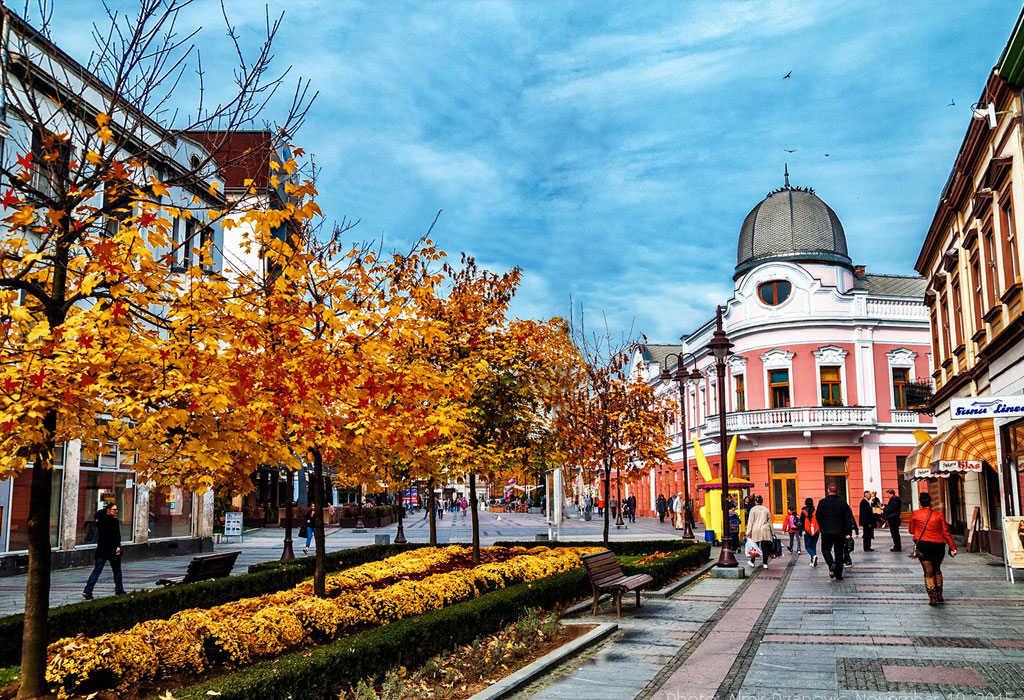About us
Name Brčko



Tourist - geographical position and traffic connection
Brčko District of BiH is geographically positioned in the northeastern part of Bosnia and Herzegovina, on the right bank of the Sava River. It is located on the tri-border of Bosnia and Herzegovina, Serbia and Croatia and is an important crossroads of national and international roads from east to west and from north to south. It occupies an area of 493.3 km2, which represents less than 1% of the total area of Bosnia and Herzegovina (51,129.00 km2), and the area of the central city area is 183.00 km2.
Positioned in this way, Brčko has a favorable tourist-geographical position by connecting Bosnia and Herzegovina with Western and Southeastern Europe and the Danube countries.
As an important hub of key roads in the directions east-west and north-south, Brčko represents a rare multimodal transport hub (roads, navigable river Sava, railway) in Bosnia and Herzegovina, as it has access to Croatia and Central Europe, but also access to the river Sava, and further along the Danube to Western and Eastern Europe.
Thus, the spatial position of Brčko determines the connection of its wider hinterland and gravity area with other regions in Central and Eastern Europe, and the city of Brčko is only 30 kilometers away from the international road of Pan-European Corridor 10 (Belgrade-Zagreb highway). This highway (E70) is defined by the route from Salzburg (Austria) to Thessaloniki (Greece) with a characteristic of high frequency of traffic throughout the year where a significant number of passengers are transported, which enables a good connection of the Brčko District of BiH with touristic emission markets.
The Brčko District of Bosnia and Herzegovina is located on the navigable part of the Sava River, and the port of Brčko is the largest port in Bosnia and Herzegovina. The operational coast of the port is 150 m long, and the average width is 15 meters. The Sava River is navigable within Brčko District for a length of 44 kilometers – for vessels with a draft of up to two and a half meters, navigation is possible for 260 days, and during low water levels it is navigable for vessels with a smaller draft.
Brčko District of Bosnia and Herzegovina is connected to the Danube by the Sava River, through which to all of Europe, the Baltic Sea and the North Sea, and via the Black Sea to the Mediterranean.
Brčko Port has traditionally served as a port for transshipment of bulk cargo and does not have a passenger terminal, although every year more and more cruise ships sail into Brčko District of BiH, which opens up opportunities for the development of river and nautical tourism. It represents a significant infrastructural facility, which could be important in improving traffic availability, which could intensify the tourism development of the Brčko District of BiH, considering the plans to extend the navigability of the river to Brežice in Slovenia (the waterway of the Sava River would increase by about 100 kilometers). .
Culture and heritage
Centuries ago, different cultures and traditions were intertwined in Brčko, civilizations alternated: Illyrian, ancient, Roman, Byzantine, Slavic traditions, but also adopted customs that were inherited and preserved to this day through the activities of cultural and artistic societies, associations and institutions from areas of culture.
Cultural-historical heritage is part of the identity of a certain area, but in modern systems it is also seen as a strong driver of economic development and tourist offer. Culture, understood in the broadest sense, today represents an important content of tourism in many developed countries. Experts believe that in the period ahead, the future of tourism is in the offer based on all segments of culture, since what is autochthonous, original and unique always represents an attractive force and attraction. This is the reason why many countries today invest significant resources in culture and cultural heritage, thus strengthening their overall tourism capacities.
Follow us to stay up to date with our projects, events and news as we build together bright tourist future of Brčko District!
